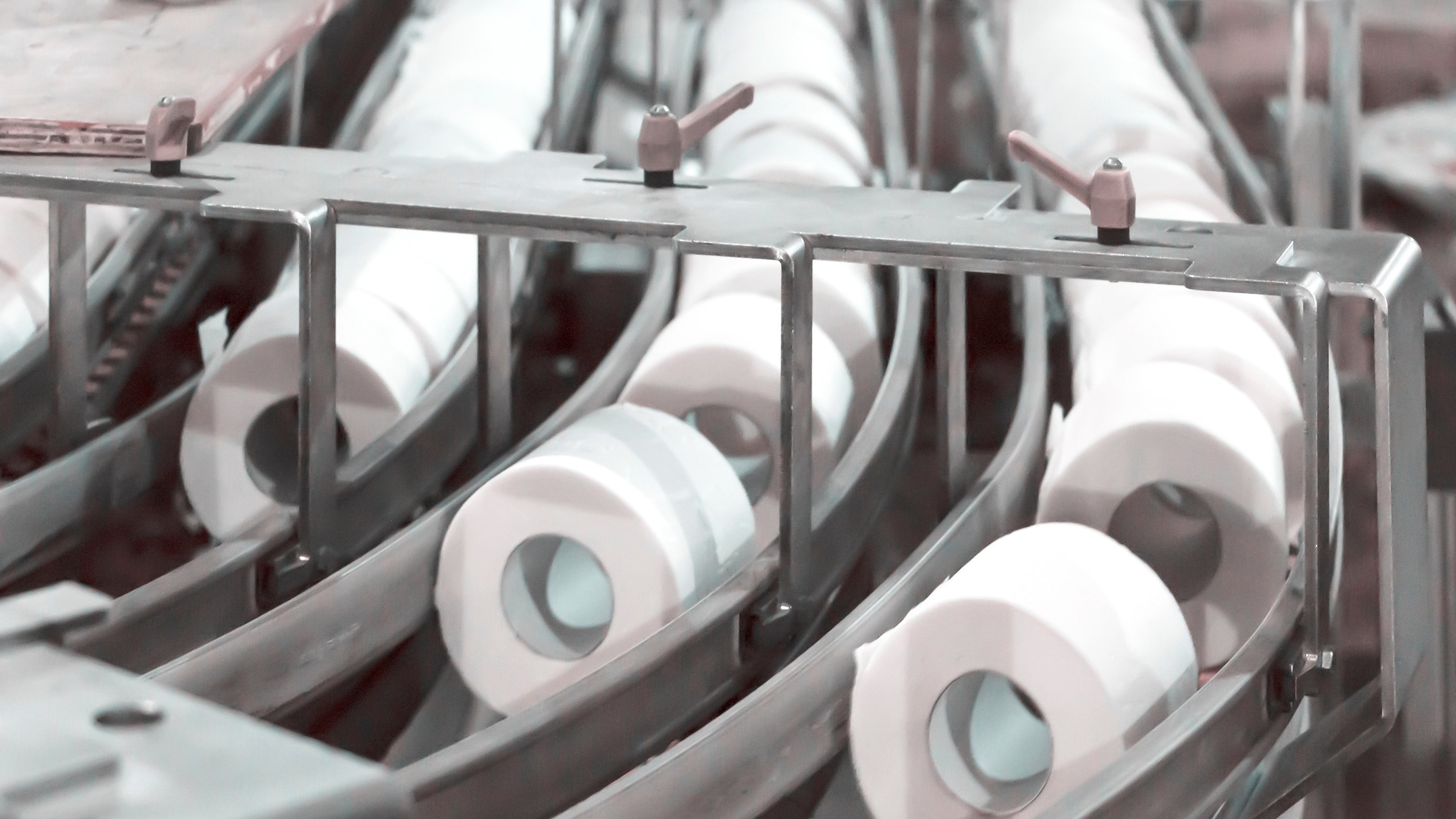It Starts With Improving End-User Productivity
Let’s say you have a tissue converting customer looking to optimize output and minimize downtime and maintenance. At the same time, they need to do this with a labor force that is less skilled and less experienced than in years past. This scenario is all too common.
Success requires a combination of application knowhow, an information-enabled strategy and a tool set that can help you satisfy customer goals. Wouldn’t it be nice if a control system automatically adjusted and mitigated issues through its own algorithms? In the case of tissue converting, it could handle compliance changes in the web or mitigate mechanical resonance in the system using notch filtering. This is the promise of Industry 4.0.
Another customer pain point that information enablement can address is machine maintenance. Instead of changing log saw blades at timed frequencies, shouldn’t the system provide an understanding of blade dullness so they’re only changed when needed? And when they are changed, additional work instructions could be provided through augmented reality to ensure proper change out procedures have been followed.
In an era of workforce shortages, machines equipped with this type of technology will be invaluable to brand owners. And as the machine builder, only you know your equipment well enough to do this right. With the help of the right controls partner and a streamlined solution, you can add immediate value for customers, lessen the strain on your limited resources and get your smart machines to market faster.

